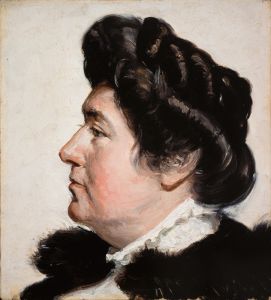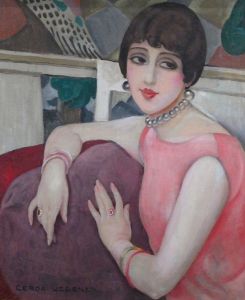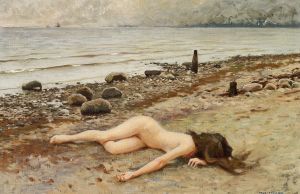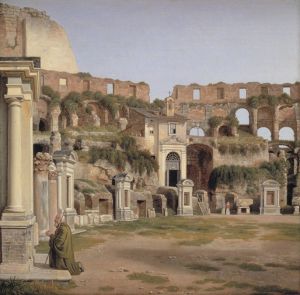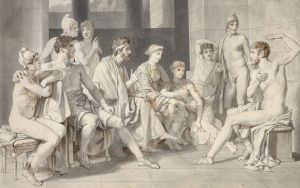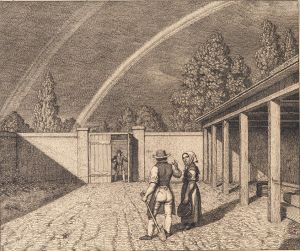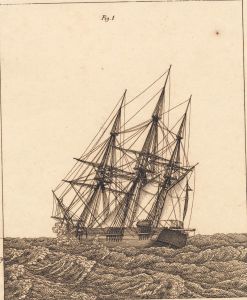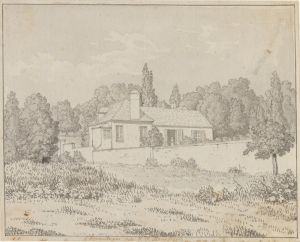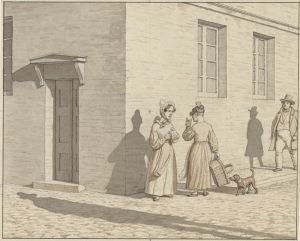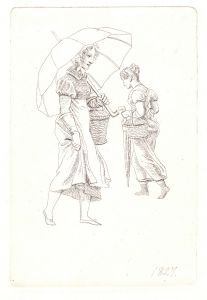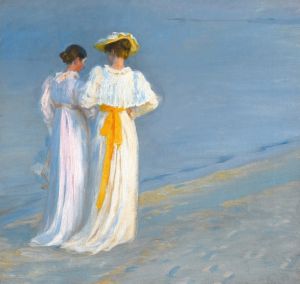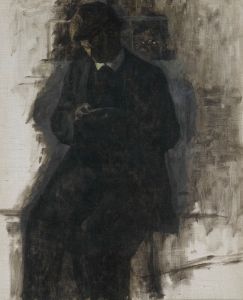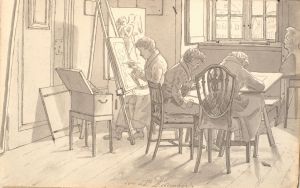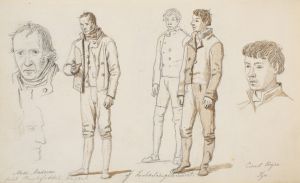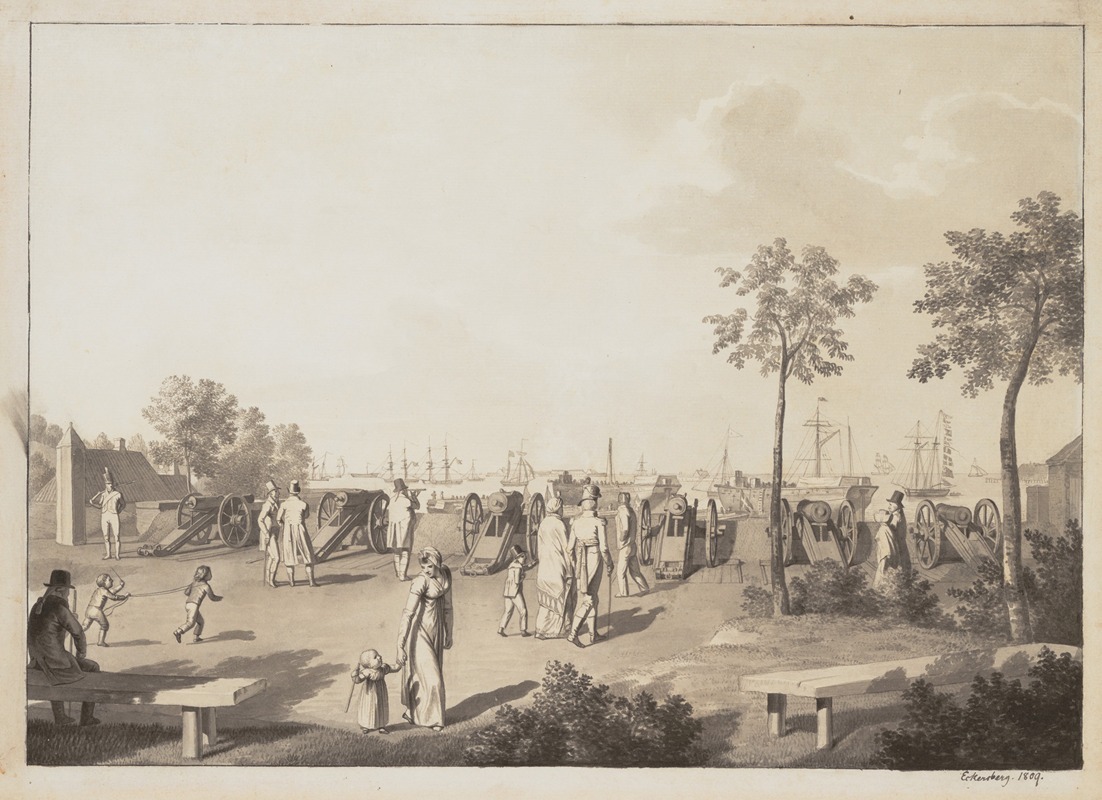
The Harbour of Copenhagen from the Esplanade between Langelinie and Toldboden
A hand-painted replica of Christoffer Wilhelm Eckersberg’s masterpiece The Harbour of Copenhagen from the Esplanade between Langelinie and Toldboden, meticulously crafted by professional artists to capture the true essence of the original. Each piece is created with museum-quality canvas and rare mineral pigments, carefully painted by experienced artists with delicate brushstrokes and rich, layered colors to perfectly recreate the texture of the original artwork. Unlike machine-printed reproductions, this hand-painted version brings the painting to life, infused with the artist’s emotions and skill in every stroke. Whether for personal collection or home decoration, it instantly elevates the artistic atmosphere of any space.
Christoffer Wilhelm Eckersberg, often referred to as the "father of Danish painting," was a prominent figure in the Danish Golden Age of art. His painting "The Harbour of Copenhagen from the Esplanade between Langelinie and Toldboden" is a notable work that exemplifies his mastery in capturing the serene and detailed landscapes of Denmark. Painted in 1830, this work is a testament to Eckersberg's dedication to realism and his keen observation of light and atmosphere.
The painting depicts a view of the bustling Copenhagen harbor, a central hub of trade and commerce during the 19th century. The scene is set between Langelinie and Toldboden, two significant locations in Copenhagen. Langelinie was a popular promenade and leisure area, while Toldboden served as a customs house, playing a crucial role in the city's maritime activities. Eckersberg's choice of this vantage point highlights the importance of the harbor in the daily life of Copenhagen's citizens and its role in the broader economic landscape of Denmark.
Eckersberg's attention to detail is evident in the meticulous rendering of the ships, buildings, and figures populating the scene. The composition is balanced, with the harbor stretching across the canvas, framed by the esplanade in the foreground and the cityscape in the background. The artist's use of light is particularly striking, capturing the subtle shifts in the atmosphere and the reflections on the water. This ability to depict natural light with such precision was one of Eckersberg's trademarks and contributed significantly to his reputation as a leading figure in Danish art.
The painting not only serves as a visual document of Copenhagen's harbor but also reflects the broader artistic trends of the time. Eckersberg was heavily influenced by his studies in Paris and Rome, where he was exposed to the works of neoclassical and romantic artists. This influence is evident in his structured composition and the clarity of form, which are hallmarks of neoclassical art. However, his focus on everyday scenes and the natural environment aligns with the romantic movement's emphasis on capturing the beauty of the natural world.
Eckersberg's work had a profound impact on the development of Danish art, and his teachings at the Royal Danish Academy of Fine Arts inspired a generation of artists. His emphasis on plein air painting, or painting outdoors, encouraged his students to observe and depict the world around them with accuracy and sensitivity. This approach laid the groundwork for the later development of realism in Danish art.
"The Harbour of Copenhagen from the Esplanade between Langelinie and Toldboden" remains an important piece in Eckersberg's oeuvre, showcasing his skill in landscape painting and his ability to convey the vibrancy of urban life. Today, the painting is housed in the collection of the Statens Museum for Kunst (The National Gallery of Denmark), where it continues to be appreciated by art enthusiasts and historians alike. Through this work, viewers gain insight into the historical and cultural significance of Copenhagen's harbor and the artistic achievements of Christoffer Wilhelm Eckersberg.





